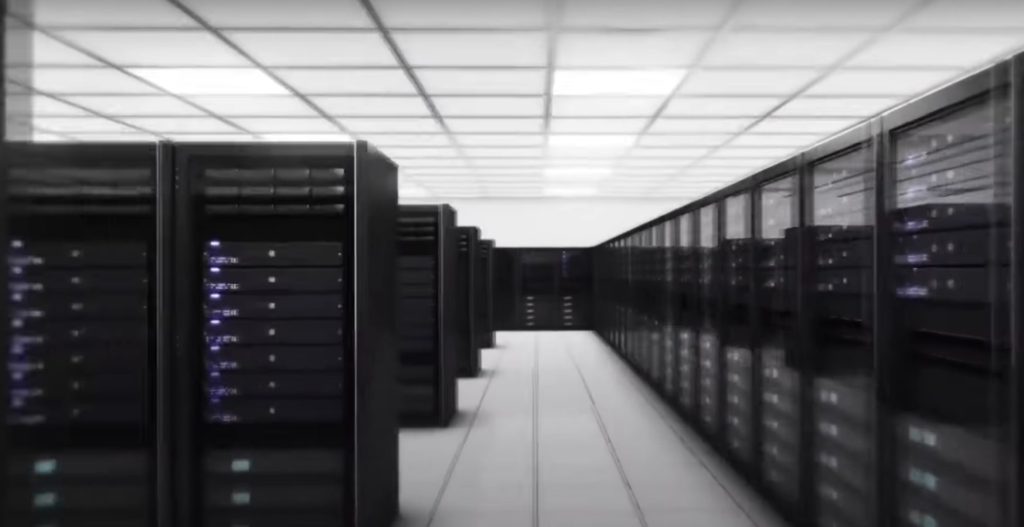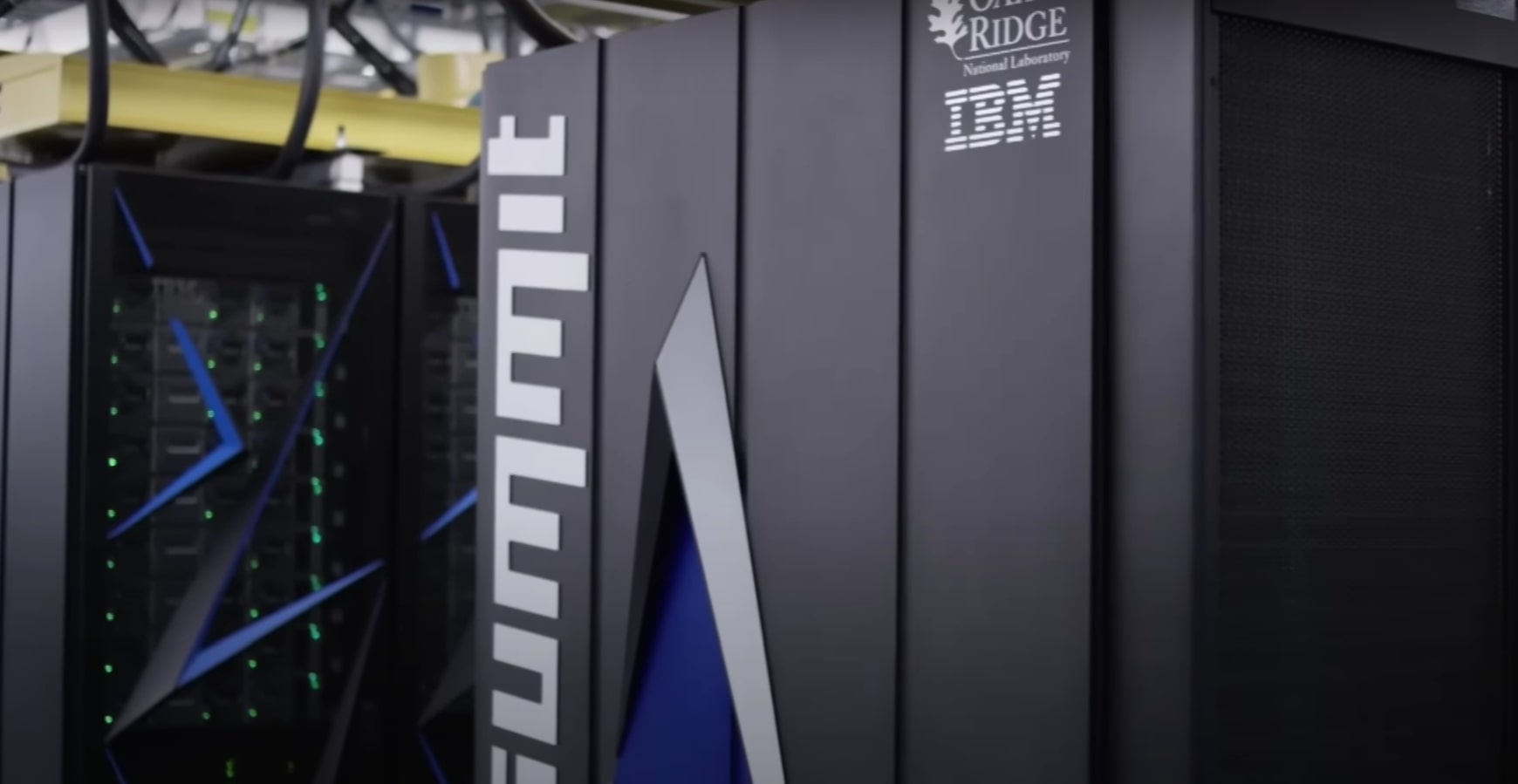In today’s fast-paced world of technology, supercomputers are becoming increasingly essential for a variety of industries. These powerful machines are capable of performing complex calculations and simulations at extraordinary speeds, making them an invaluable tool for tasks that require massive amounts of processing power. From weather forecasting to drug discovery, supercomputers are unlocking new possibilities and pushing the boundaries of what is possible.
In this article, we will explore the world of supercomputing and discuss how these machines are being used to solve some of the most challenging problems in science and engineering. We will also provide a guide on how to harness the power of supercomputers for your own projects and offer some tips on getting started.
What is a supercomputer?
A supercomputer is a type of computer that is designed to perform highly intensive tasks that require immense computational power. These machines are typically built using thousands of processors working in parallel, allowing them to crunch numbers at speeds far beyond those of a traditional desktop computer.
Supercomputers are used for a wide range of applications, including weather forecasting, climate modeling, nuclear simulations, and genetic research. These machines are also used in industries such as finance, oil and gas exploration, and aerospace engineering, where accurate simulations and predictions are crucial for success.
One of the key advantages of supercomputers is their ability to handle massive amounts of data. By using parallel processing techniques, supercomputers can break down complex problems into smaller tasks that can be solved simultaneously, greatly reducing the time required to complete a calculation.
How are supercomputers different from regular computers?
Supercomputers are distinguished from regular computers by their extraordinary processing power and ability to handle complex calculations. While a typical desktop computer might have a few processing cores, a supercomputer can have thousands or even millions of cores working in parallel.
Supercomputers also typically have large amounts of memory and storage, allowing them to handle huge datasets and run simulations that would be impossible on a standard machine. In addition, supercomputers are often optimized for specific tasks, with specialized hardware and software designed to maximize performance.
What are the main components of a supercomputer?
Supercomputers are made up of several key components, each of which plays a vital role in the machine’s overall performance. These components include:
- Processors: The heart of a supercomputer, processors are responsible for performing the calculations that drive the machine’s operations. Supercomputers can use a variety of processor architectures, including x86, ARM, and GPU-based processors, each with its own strengths and weaknesses.
- Memory: Supercomputers require large amounts of fast memory to store data and instructions for the processors. This memory is typically organized into multiple levels, with fast, low-latency caches close to the processors and slower, higher-capacity memory further away.
- Interconnect: To facilitate communication between processors and other components, supercomputers use high-speed interconnects that allow data to be transferred quickly and efficiently. These interconnects can take many forms, from traditional Ethernet connections to custom-built networks designed for high performance.
- Storage: Supercomputers need large amounts of storage space to store datasets, software, and other files. This storage is typically provided by high-capacity hard drives or solid-state drives, with some supercomputers also using specialized storage systems such as parallel file systems for improved performance.
- Cooling: Supercomputers generate a tremendous amount of heat due to their high processing power. To prevent overheating, these machines require sophisticated cooling systems, including liquid cooling, fans, and other methods to keep temperatures under control.
How are supercomputers used in practice?
Supercomputers are used in a wide range of applications across many different industries. Some of the most common uses of supercomputing include:
- Weather forecasting: Supercomputers are used to run complex simulations that predict weather patterns, track hurricanes, and assess the impact of climate change. These simulations require massive amounts of processing power and can provide critical information for disaster preparedness and planning.
- Drug discovery: Supercomputers are used in the pharmaceutical industry to model the behavior of molecules and proteins, helping to identify potential drug candidates and accelerate the drug discovery process. By simulating interactions at the atomic level, researchers can gain insights that would be impossible with traditional methods.
- Aerospace engineering: Supercomputers are used in the aerospace industry to simulate the behavior of aircraft, spacecraft, and other vehicles under various conditions. These simulations help engineers design safer and more efficient vehicles, as well as optimize performance and reduce costs.
- Financial modeling: Supercomputers are used in the finance industry to run simulations of market behavior, assess risk, and develop trading strategies. By processing vast amounts of data in real-time, these machines can help traders make informed decisions and manage their portfolios more effectively.
- Energy research: Supercomputers are used in the energy sector to model the behavior of complex systems such as power grids, renewable energy sources, and nuclear reactors. These simulations help researchers develop new technologies, optimize energy production, and improve overall efficiency.

How can I access a supercomputer?
Accessing a supercomputer can be a daunting task for those unfamiliar with the process, but there are several ways to get started. Many universities and research institutions provide access to supercomputers for academic and research purposes, allowing students and scientists to run simulations and analyze data.
In addition, there are a number of commercial supercomputing services that offer cloud-based access to powerful machines on a pay-as-you-go basis. These services can be a cost-effective way to access the computational power of a supercomputer without having to invest in your own hardware.
If you are interested in using a supercomputer for your own projects, it is important to familiarize yourself with the specific requirements and constraints of the machine you will be using. This may include understanding the software environment, programming languages, and parallel processing techniques required to take full advantage of the supercomputer’s capabilities.
What are the challenges of supercomputing?
While supercomputers offer tremendous processing power and capabilities, there are several challenges associated with using these machines. Some of the main challenges of supercomputing include:
- Cost: Supercomputers are extremely expensive to build and operate, with costs running into the tens of millions of dollars for a typical machine. This can be a barrier for many organizations looking to access this technology, particularly smaller companies and academic institutions.
- Programming complexity: Supercomputers require specialized programming techniques and tools to take advantage of their parallel processing capabilities. This can be a steep learning curve for those new to the field, as parallel programming requires a different mindset and approach than traditional sequential programming.
- Data management: Supercomputers generate vast amounts of data that must be stored, processed, and analyzed. Managing this data can be a complex task, requiring specialized tools and techniques to handle the volume and complexity of the information generated by a supercomputer.
- Performance optimization: To get the most out of a supercomputer, users must carefully optimize their programs and algorithms to take full advantage of the machine’s processing power. This may involve redesigning code, restructuring algorithms, or fine-tuning parameters to ensure maximum performance.
Despite these challenges, supercomputers offer unparalleled capabilities for solving some of the most difficult problems in science and engineering. By harnessing the power of these machines, researchers and engineers can push the boundaries of knowledge and achieve breakthroughs that were once thought impossible.
FAQs about supercomputers
How fast are supercomputers?
Supercomputers can perform calculations at speeds measured in petaflops, or quadrillions of floating-point operations per second. The current fastest supercomputer in the world, Summit, is capable of reaching speeds of over 200 petaflops.
How much storage do supercomputers have?
Supercomputers can have tens of petabytes of storage capacity, allowing them to store vast amounts of data for analysis and processing.
How much energy do supercomputers consume?
Supercomputers can consume massive amounts of energy, with some machines requiring as much electricity as a small town to operate. This has led to efforts to improve energy efficiency in supercomputing and reduce the environmental impact of these machines.
How are supercomputers connected to the internet?
Supercomputers are typically connected to the internet through high-speed networks that allow rapid data transfer and communication with other machines. These networks can be either physical (fiber optic cables) or virtual (software-defined networks) and are designed to provide low latency and high bandwidth for optimal performance.
Can I build my own supercomputer?
While it is possible to build a supercomputer from commodity hardware components, doing so can be a complex and costly endeavor. For most users, it is more practical to access a supercomputer through a research institution, commercial provider, or cloud service.
Conclusion
Supercomputers are a powerful tool for tackling some of the most challenging problems in science and engineering. By harnessing the immense processing power of these machines, researchers and engineers can make groundbreaking discoveries, model complex systems, and push the boundaries of what is possible. While there are challenges associated with using supercomputers, the benefits far outweigh the risks, making these machines an essential resource for those looking to unlock the power of computational science.
